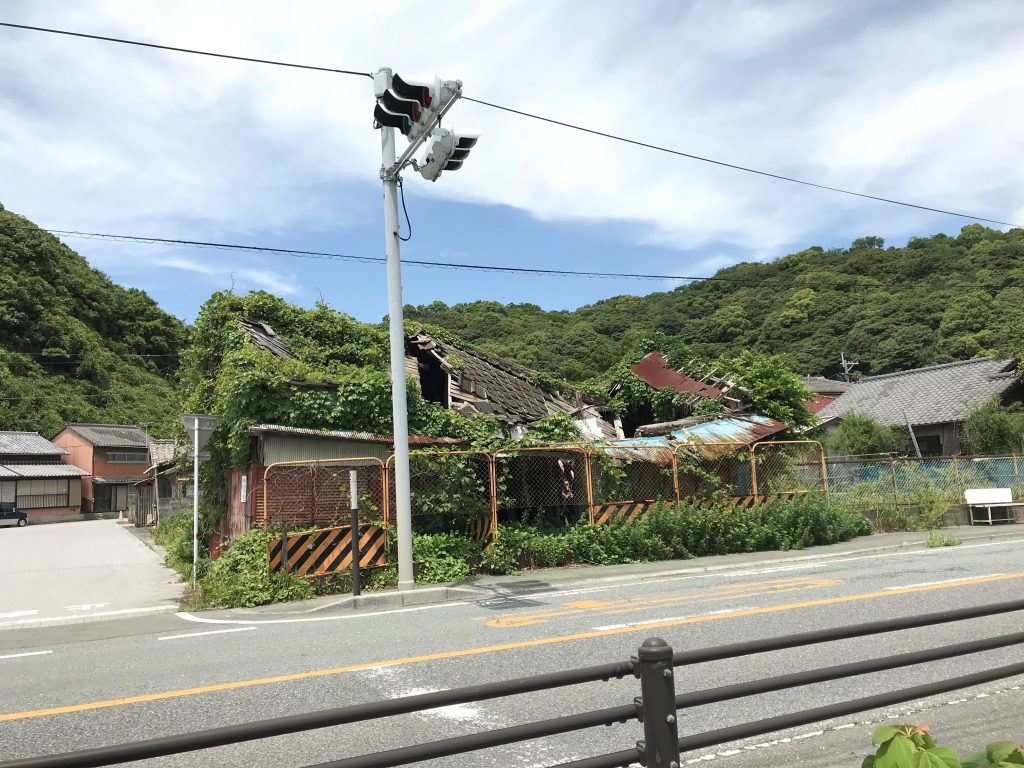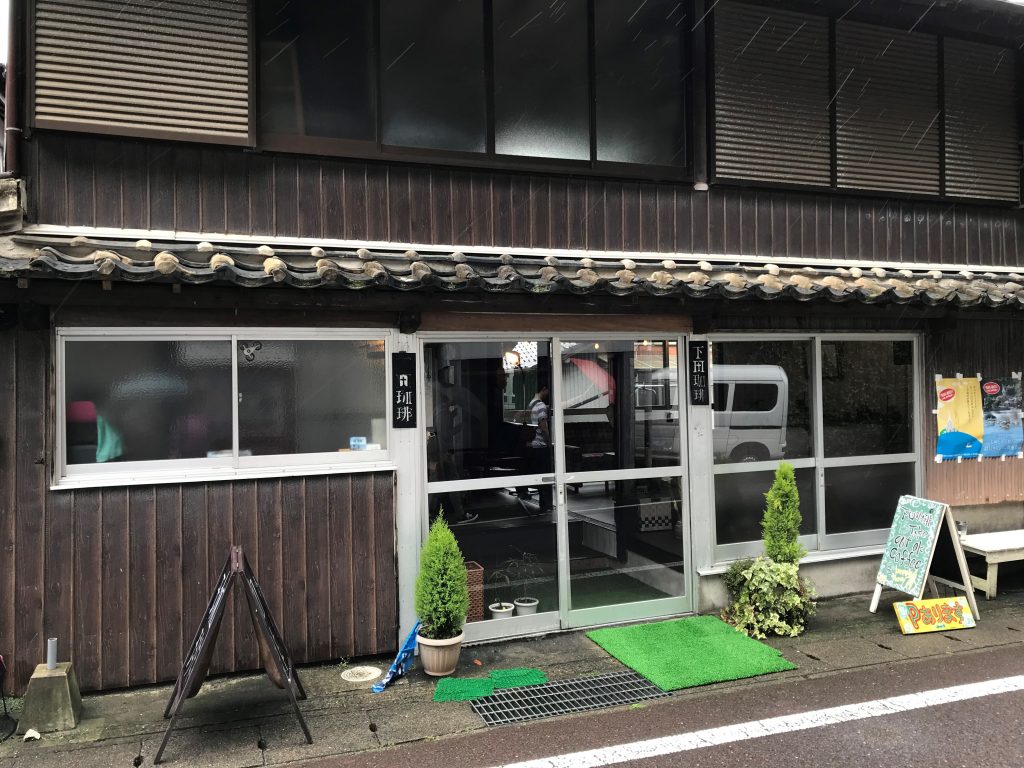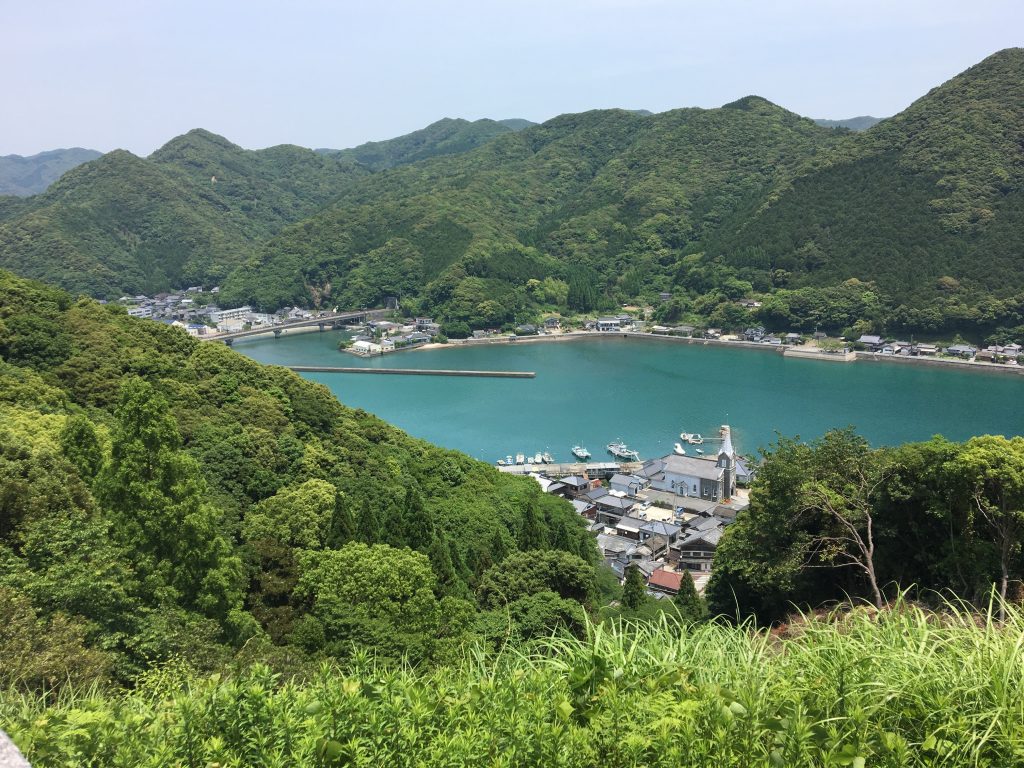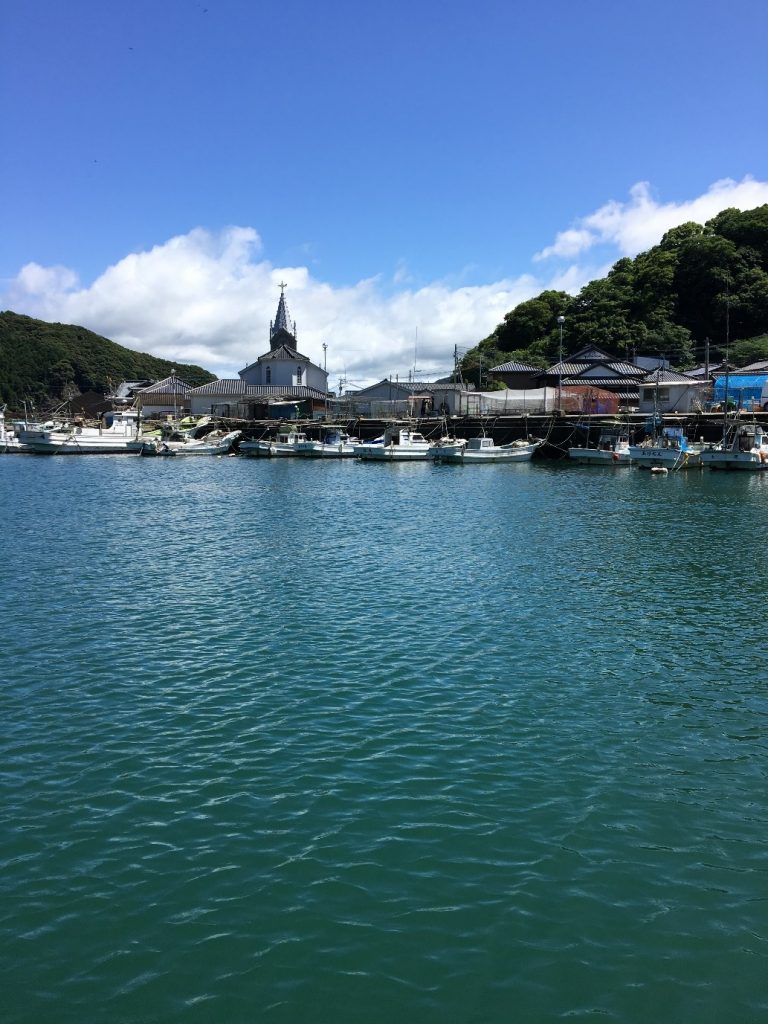by Jyoti Vasnani
Vacant houses, or akiya, are one of the ways that Japan’s shrinking population has become visible in its landscape. This is especially so in rural areas, and this visibly empty space highlights the need for revitalisation in rural Japan.
Akiya have been increasing across Japan over the years. Although the term “akiya” encompasses vacant buildings such as homes for sale or rent, it is akiya which have been essentially abandoned altogether that are a point of concern for both policymakers and citizens. Often, homes become vacant due to the death of the owner. If there is no one indicated clearly as an inheritor, or if the inheritor lives elsewhere and fails to maintain the building (due to the distance, expense, or lack of interest, for example), the home falls into disrepair and becomes a problem for the community. This is common in rural areas.
Such unmaintained akiya can be a liability to the municipalities they are in, due to the financial costs and impact on third parties (such as the residents in the neighbourhood) of having a precarious house in the area. Not only are they dangerous and a potential spot for pests, they also may affect the scenery, which can deter people from moving in to the neighbourhood.

Copyright © Jyoti Vasnani 2018
Most municipalities, from small villages in Kyushu to the wards of Tokyo, have schemes to help mitigate the rise of akiya. This includes financial support for renovating and selling the structures, as well as the maintenance of so-called “akiya banks,” or databases of vacant houses. Some communities, however, have also begun to think of community-related solutions to the akiya ‘problem’. For example, in Yoshino, Nara, the akiya bank works with the “Live in Yoshino” project (sunde yoshino jigyō), which promotes migration to Yoshino*. It also works in conjunction with a resident group that runs a guesthouse that provides “trial living” to people interested in moving to Yoshino.
In this manner, rural municipalities convert a problem: the increasing number of vacant houses, into a solution for another problem: attracting newcomers as a countermeasure to depopulation.
Take, for example, Amakusa City, a remote municipality on the western edge of Kumamoto, which was formed by the amalgamation of the city of Hondo and a number of small fishing villages in 2006. It currently has a population of 78,820 [1], and is best known for Sakitsu, a picturesque hamlet designated a UNESCO World Heritage site in 2018 along with other sites of Japan’s Hidden Christians in Nagasaki, and which attracts tourists.
Amakusa City hosts a website devoted to attracting new residents [2]. In fact, it is one of the more robust local government-led websites that can be found on local efforts to use akiya to attract new community members. The website’s akiya bank lists available properties (not limited to residences), and it features successful stories of people who have moved to Amakusa, some of whom have started businesses using vacant shops. Such efforts help relieve the worries of potential residents who may not know what to expect from the rural lifestyle. All of these are part of the efforts that Amakusa is taking to encourage people to permanently migrate to their city.
Copyright © Chris McMorran, 2019 and 2018
When I visited Amakusa in 2018, I visited a shop (Figure 3) which was remodelled from a vacant house. It seemed to have been run by a local—nevertheless, it had media coverage and was widely visited, showing that it is possible for a successful business to run out of a vacant property [3]. When I spoke with the owner, he mentioned that he scouted the property and renovated it himself. The owner of Amakusanta, another store located in a remodelled akiya in Sakitsu, learned about the property via a friend who was maintaining it. This could point towards an alternative method of making use of akiya—finding out about it through local, informal means in addition to the information available online officially via the akiya bank—that is not visible to a researcher without fieldwork and getting to know the locals.

Copyright © Jyoti Vasnani 2018
*For more information on Yoshino: http://www.town.yoshino.nara.jp/chosei/keikaku/akiyaproject/
[1]
Amakusa City (2020). Amakusa-shi Tōkeisho (Reiwa 2 nendo) [Statistical Documentation for Amakusa City (for 2020)]. Retrieved from https://www.city.amakusa.kumamoto.jp/kiji0036844/index.html
[2]
Amakusa Web no Eki (n.d.). Amakusa Raifu [Amakusa Life] (Accessed 9 June 2021). Retrieved from https://inaka.amakusa-web.jp/
[3]
Shimoda Kōhī-ten (n.d.). In Facebook [Business page] (Accessed 9 June 2021). Retrieved from https://www.facebook.com/shimodacoffee/
Jyoti Vasnani was a BA student, who graduated from the National University of Singapore in January this year. She has a strong interest in akiya and what communities are doing to make the best out of these spaces, and wrote her thesis on the topic of akiya and place-making.


